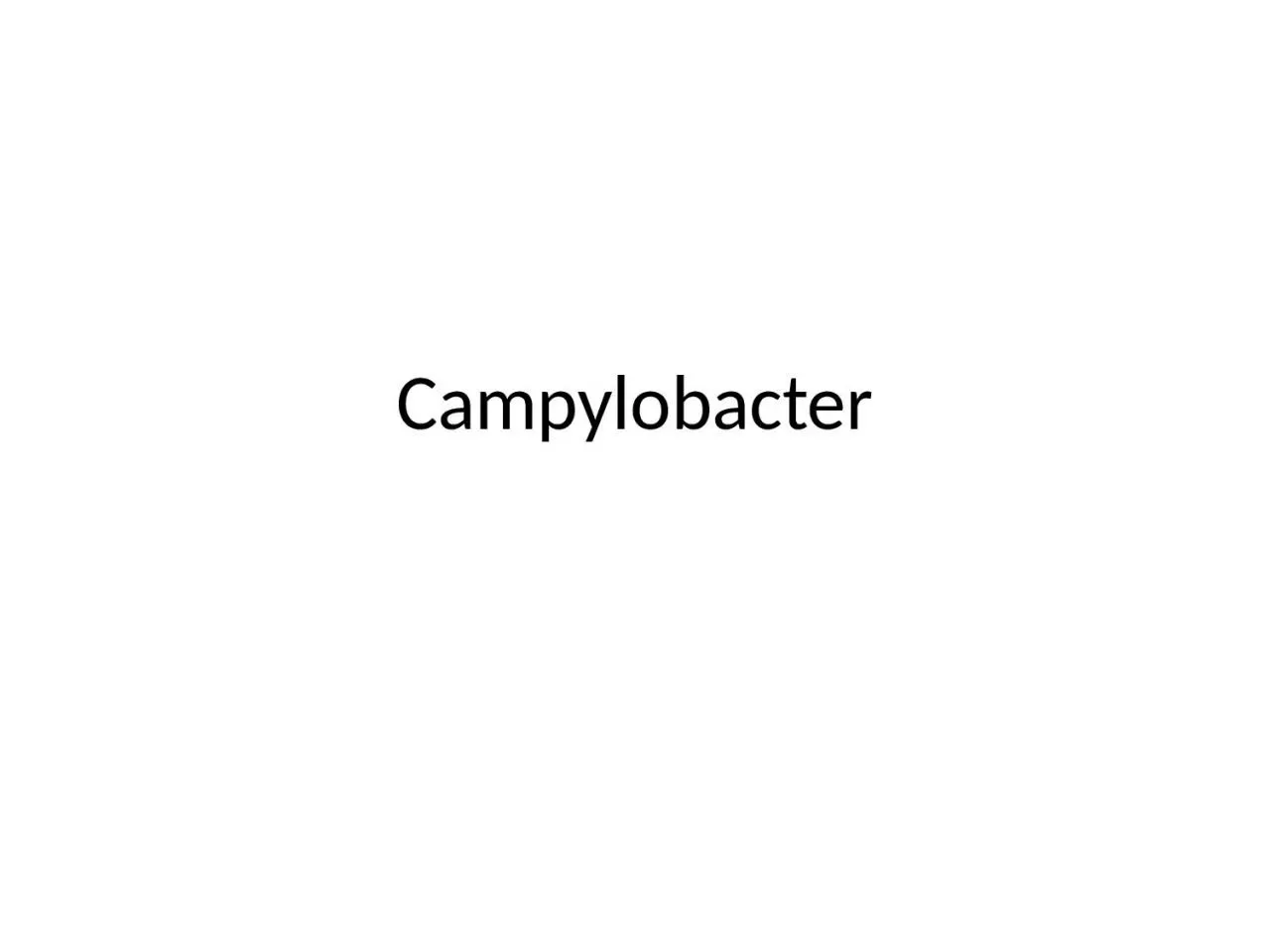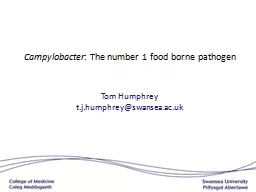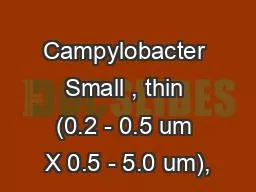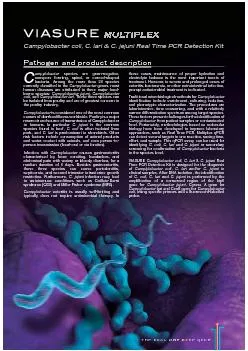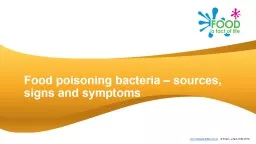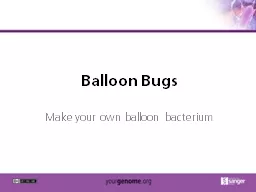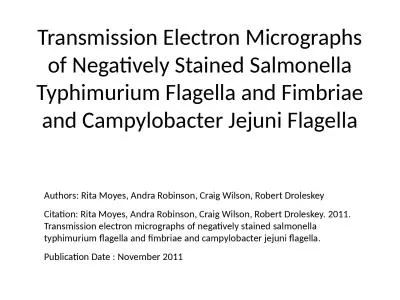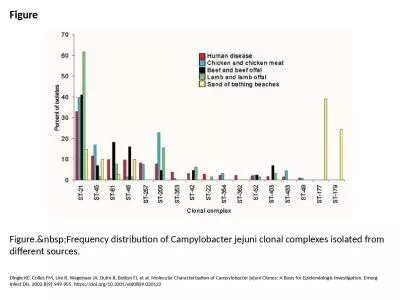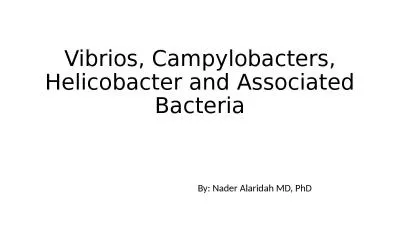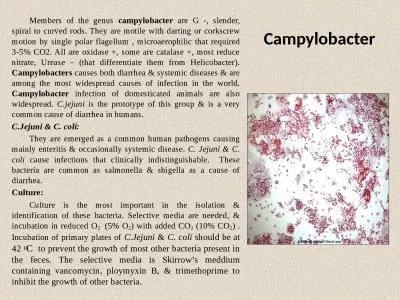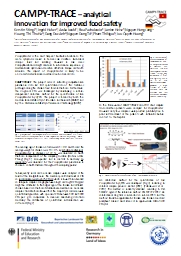PPT-Campylobacter Campylobacter
Author : sophia | Published Date : 2024-01-13
Members of the genus campylobacter are G slender spiral to curved rods They are motile with darting or corkscrew motion microaerophilic that required 35 CO2 All
Presentation Embed Code
Download Presentation
Download Presentation The PPT/PDF document "Campylobacter Campylobacter" is the property of its rightful owner. Permission is granted to download and print the materials on this website for personal, non-commercial use only, and to display it on your personal computer provided you do not modify the materials and that you retain all copyright notices contained in the materials. By downloading content from our website, you accept the terms of this agreement.
Campylobacter Campylobacter: Transcript
Download Rules Of Document
"Campylobacter Campylobacter"The content belongs to its owner. You may download and print it for personal use, without modification, and keep all copyright notices. By downloading, you agree to these terms.
Related Documents

